Tanning is best known for enigmatic Surrealist paintings – but over her long career she also experimented with fabric sculpture and installation art. This large-scale survey covers her early years in New York and her two decades in France (while married to Max Ernst), as well as her poetry. Find out more from the Tate’s website.
Preview the exhibition below | View Apollo’s Art Diary here
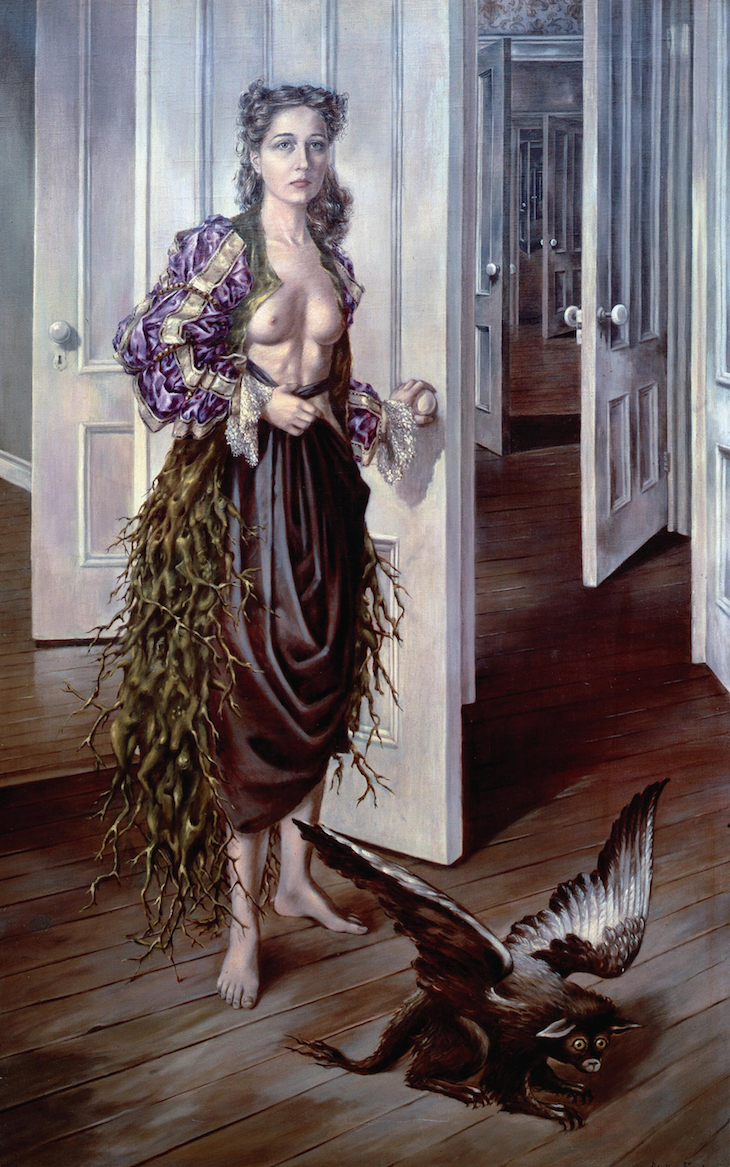
Birthday (1942), Dorothea Tanning. Philadelphia Museum of Art; © DACS, 2018
This painting was sitting on Tanning’s easel when Max Ernst paid his first visit to her studio in Manhattan in 1942. Ernst, whom Tanning later married, recommended its inclusion in Peggy Guggenheim’s ‘Exhibition by 31 Women’ the following year. The influence of Surrealist ideas is evident in this enigmatic painting, with its small griffin at bottom right and an endless arcade of open doors stretching out behind the female figure.
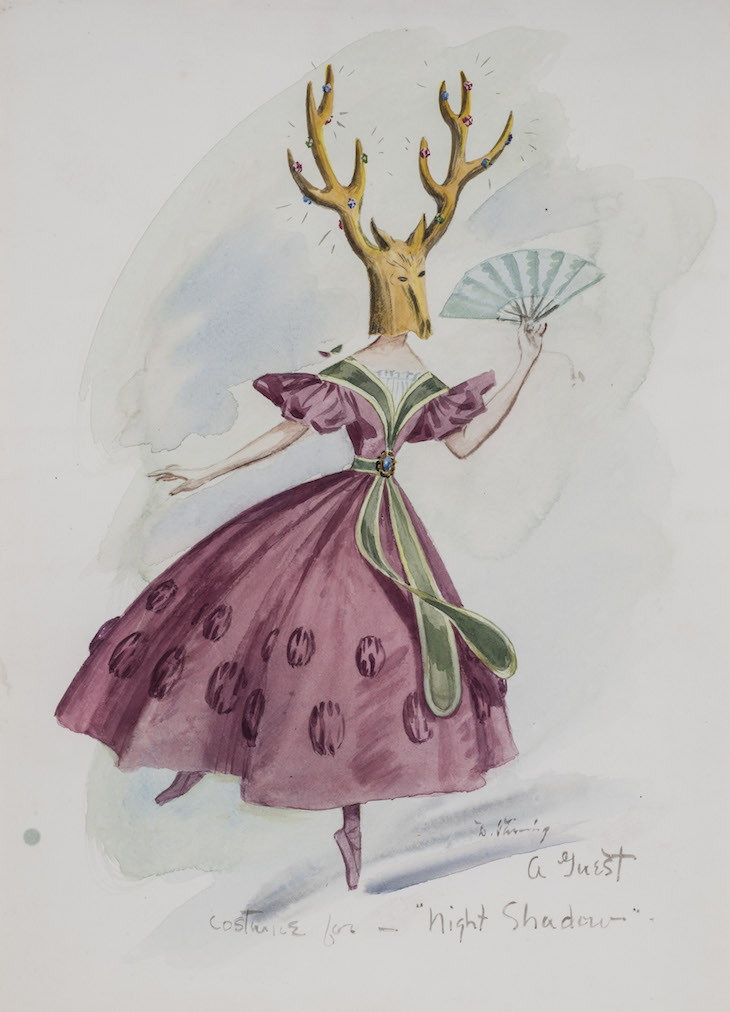
‘A Guest’, costume design for Night Shadow (1945), Dorothea Tanning. Destina Foundation, New York; © DACS, 2018
Tanning produced several costume and stage designs for ballet and theatre; this costume, with its mysterious animal headdress, was worn during the opening scene of George Balanchine’s Night Shadow, set at a masked ball. The world of dance was a major source of inspiration for Tanning, as evinced by the rhythmic dynamism of many of her paintings.
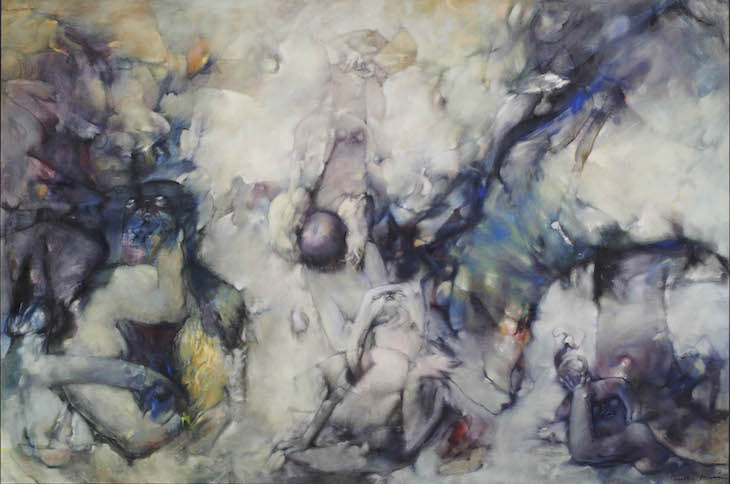
Dogs of Cythera (1963), Dorothea Tanning. Destina Foundation, New York; © DACS, 2018
During the 1950s Tanning moved from painting Surrealist interiors to a more abstract style. Dogs of Cythera depicts a swirling mass of limbs emerging from a nebulous background of blues and lilacs. The title suggests an association with the birth of Venus from the waters at Cythera.
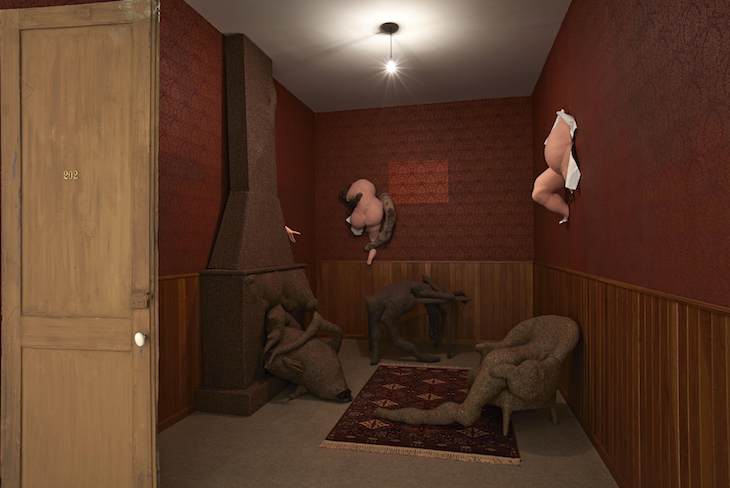
Chambre 202, Hôtel du Pavot (1970–73), Dorothea Tanning. Photo: © Centre Pompidou, MNAM-CCI, Dist. RMN-Grand Palais/Philippe Migeat; © DACS, 2018
In the late 1960s Tanning began to create ‘soft sculptures’. The contorted bodies protruding from the walls in Chambre 202 are reminiscent of those in Dogs of Cythera, while the bourgeois interior in which they are installed recalls Tanning’s early paintings of the 1940s. Throughout her long and varied career, Tanning’s art continued to explore the uncanny in the domestic.




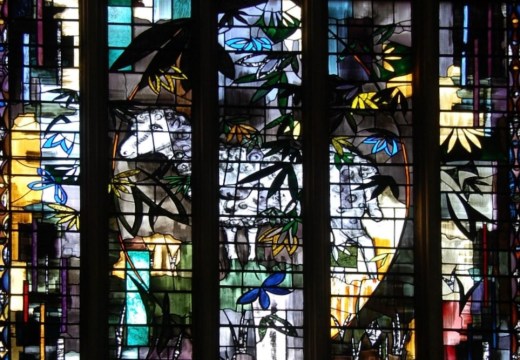
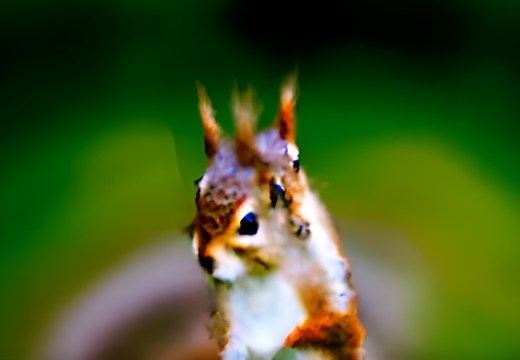

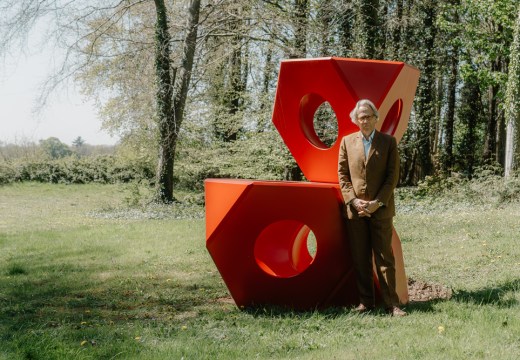

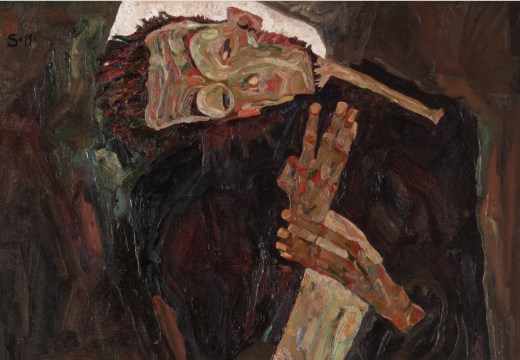

![Masterpiece [Re]discovery 2022. Photo: Ben Fisher Photography, courtesy of Masterpiece London](https://apollo-magazine.com/wp-content/uploads/2022/07/MPL2022_4263.jpg)
‘A revolutionary flame burned bright within him’: David Bindman (1940–2025)